Introduction: Tools and Materials for Hand Sewing
Hand sewing is a fairly cheap hobby to get started with! In this first lesson, I'll share my essential list of tools and materials, as well as some super handy tools you'll want to have on hand if you start sewing regularly.
I've also attached a sewing dictionary to the end of this lesson, in case you're not familiar with all of the sewing terminology I use in this class!
Step 1: Tools and Materials List
Required Tools Needed:
- A pair of very sharp scissors - I prefer Gingher dressmaker's shears
- Pinking shears
- Sewing needles
- Sewing pins
- Clear sewing ruler (I use a 5x18 inch ruler - the one I'm linking to is very similar but a little larger)
- Fabric measuring tape
- Water soluble marking pen
- Steam iron
- Ironing board
The tools above are a great starting set for hand sewing. These tools will allow you to cut, press, sew, measure, and mark your projects without any issues!
Required Materials:
- All purpose sewing thread
- Six-stranded embroidery floss
- Woven fabric - such as quilting cotton, muslin, or linen
- Craft felt sheets
Fabric and thread are really all you'll need to start! Felt and embroidery floss makes learning sewing super simple for beginners due to their larger size. I also recommend getting some fabric and thread for small hand sewing projects. Many craft and fabric stores sell fabric in remnants or "fat quarters" - which is a great way to get a variety of fabrics in smaller cuts!
Optional Tools:
- Rotary cutter
- Rotary blade sharpener
- Self healing cutting mat
- Sewing gauge
- Beeswax
- Thimbles
- Needle threader
These tools are all about efficiency and making your sewing easier. Definitely not necessary, but wonderful to have around!
Step 2: Understanding the Tools
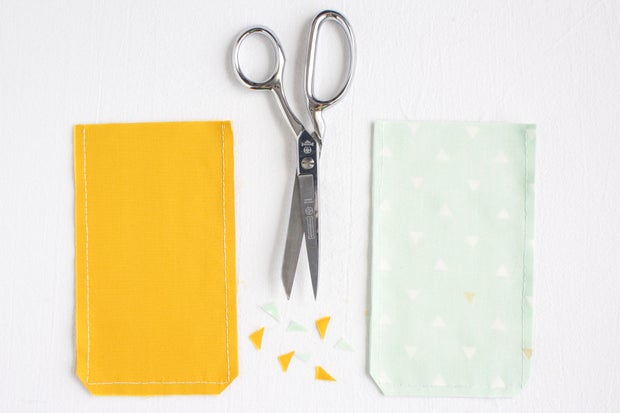
Dressmaker's shears will be your best friend - you'll use them to cut pretty much all fabric you use. I recommend getting a pair of Gingher 8 inch shears. (This is honestly the one sewing tool you should splurge on!) They're comfortable to use for long amounts of time and they cut so nicely. I've had my pair for over a decade now and I love them.
You'll use these scissors to cut fabric primarily, so you'll want them to stay nice and sharp for crisp cut lines. Use cheaper scissors for cutting other materials.
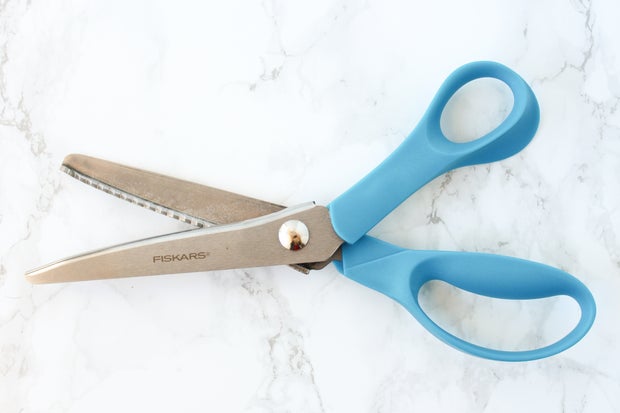
Pinking shears cut the fabric with a serrated edge - the edge will be shaped like a row of tiny triangles! Pinking shears are useful because cutting the fabric in this way keeps it from unraveling. I frequently use pinking shears to trim down seam allowances. :)
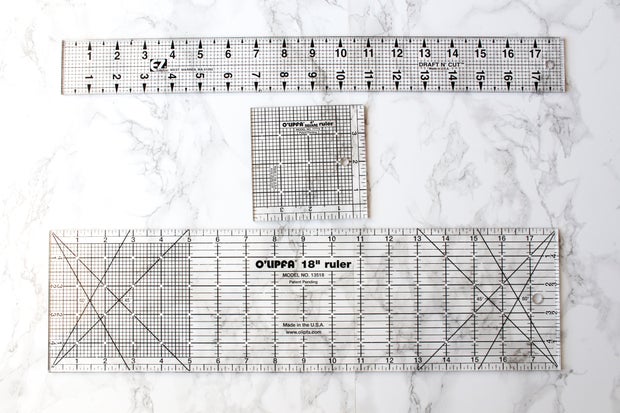
A clear sewing ruler is perhaps the most used tool (well, except a pencil and scissors!) in my crafting arsenal. Use it to mark out patterns, as a straight edge for using the rotary cutter, or for marking placement for hems and designs.
My personal favorite clear sewing ruler is this 5x18 inch one from Olfa. I also have a 2 x 18 inch clear ruler that's useful, but the bigger size is the best bet if you're only buying one.
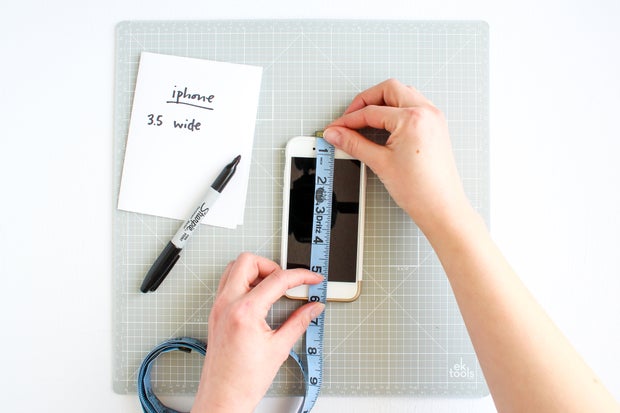
A cloth tape measure can be used on curved surfaces and for quick measurement checks. I almost always have one draped around my neck or nearby when sewing.
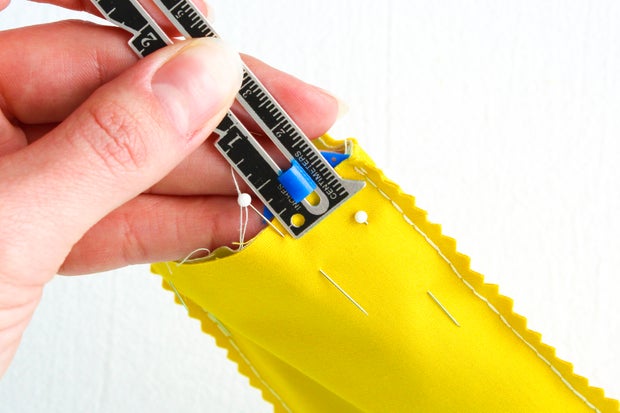
A sewing gaugeis definitely optional - if you have a clear sewing ruler, you can use it for the same things! However, a sewing gauge is wonderfully small and compact, so I'll often keep one of these next to me so I don't have to drag out the giant sewing ruler for teensy measurement corrections.
A sewing gauge is useful for making sure your seam allowances and hems are the right size. See the tool in the photo that looks like a ruler with a slider? That slider allows you to set the measurement you're looking for and easily check your project to make sure the measurements are correct.
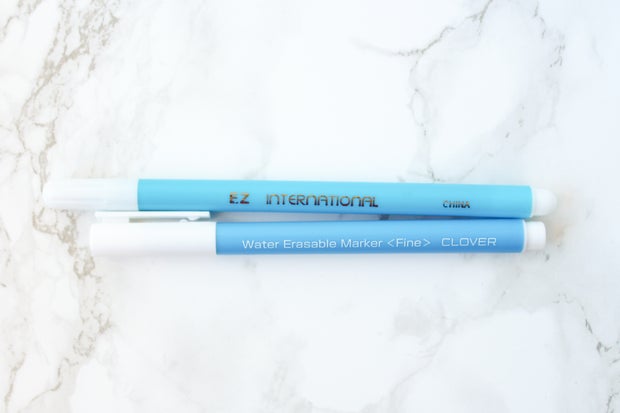
I use water soluble pens for both embroidery and hand sewing. The ink is a light blue, so it doesn't show up on all fabrics, but you can use white tailor's chalk for darker fabrics. :)
These pens write with an ink that disappears once you wet it. You must use cold water to rinse it out, and make sure to NEVER apply any heat to the ink or it will become permanent. If you're using a particularly fancy, expensive, or important-to-you fabric, I recommend testing the pen out first to make sure it works on the fabric!
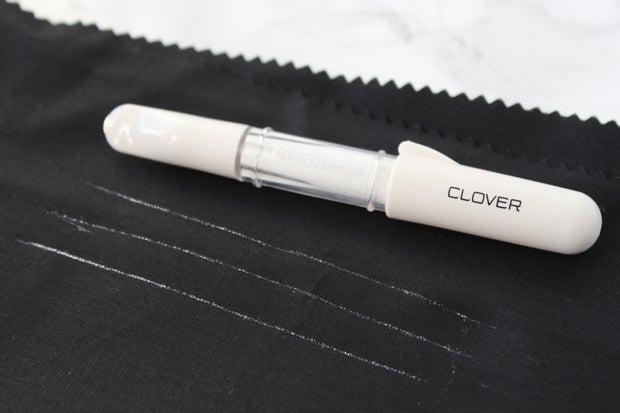
Chaco pen OR tailor's chalk are great for drawing on dark fabrics, and also when you want the marks to be even more temporary. I prefer a Chaco pen to the tailor's chalk just because it's less messy. You can buy both of these in white, blue, and yellow. Sometimes you can find them in other colors, too!
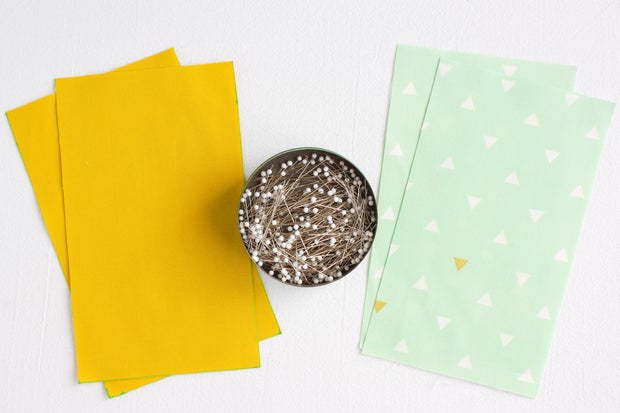
Glass head pins are the best buy for your money - they're really durable and you can use an iron on them. (P.S. Never iron over your pins if you're not sure if they're plastic or glass - the plastic ones will melt into your fabric and also get all over your iron. Eek!) Sometimes they're also called quilting pins. Plastic head pins are cheaper, but not nearly as useful or durable.
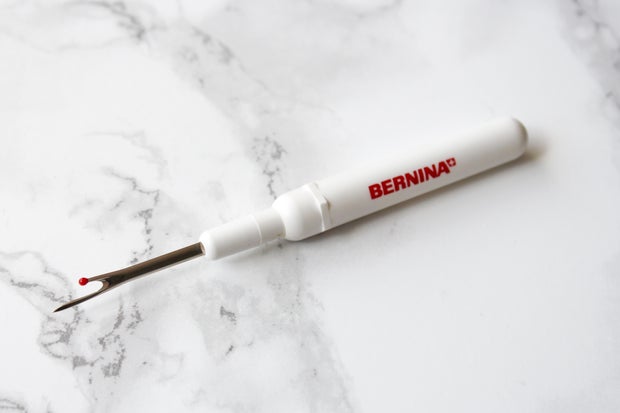
A seam ripper is what you'll use to remove lines of sewing that might not have gone as well as you wanted. These are cheap and come in a variety of sizes, so just choose whichever you like the most. They all work essentially the same. Also, these are crazy useful for removing scratchy tags from clothes!

You'll need an iron for sewing. You don't need anything too fancy, but you will want an iron with a steam setting, auto-off, and variable temperature controls. If you have a chance to pick out an iron in person, go for the heaviest one. A heavy iron is an awesome iron.
I'm currently using the Black and Decker D2030. You can get it for around $50 and it's one of the best irons I've used.
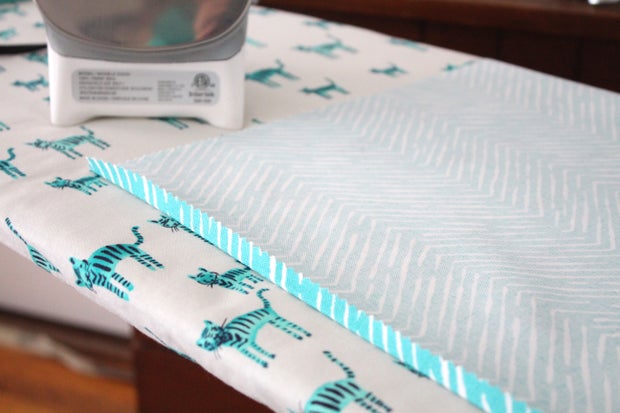
If you don't already have an ironing board, pick up a cheap one! These come in both tabletop and floor models, so choose whichever one works best for your space and the projects you plan on sewing. I have both a full size ironing board and a tabletop one. :)
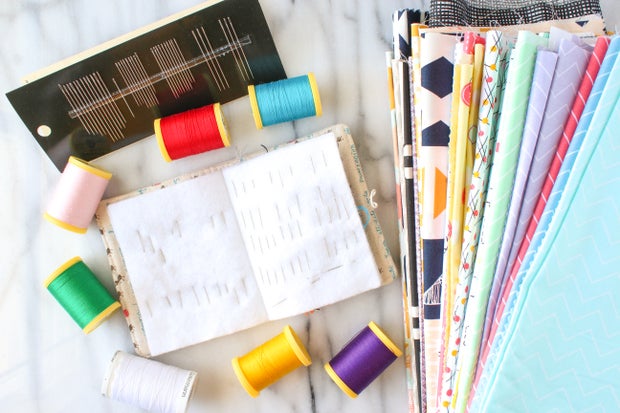
Needles come in a variety of sizes. For nearly all hand sewing, "sharps" are the standard! I recommend buying an assorted pack of needles, like this, to get started. That will get you the sharps and embroidery needles you'll use in this class.
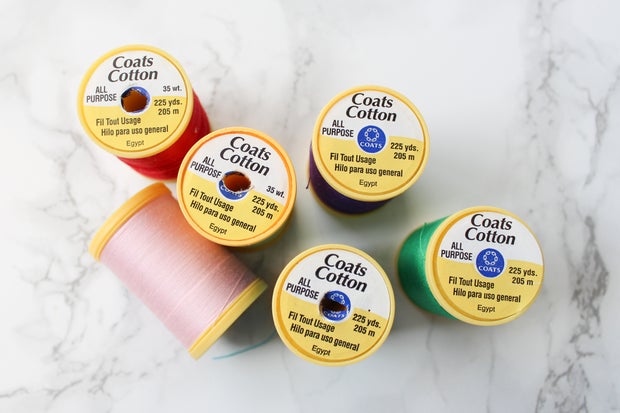
I recommend using an all-purpose thread for the majority of hand sewing. All purpose thread is either cotton wrapped polyester or straight polyester. Both are very strong and perfect for hand sewing projects, but I'll go over alternate thread types later as well!
My favorite thread brands are Coats & Clark and Gütermann.
It's common to choose a thread that matches your fabric, but honestly, I often just use white or black thread for everything. ;)
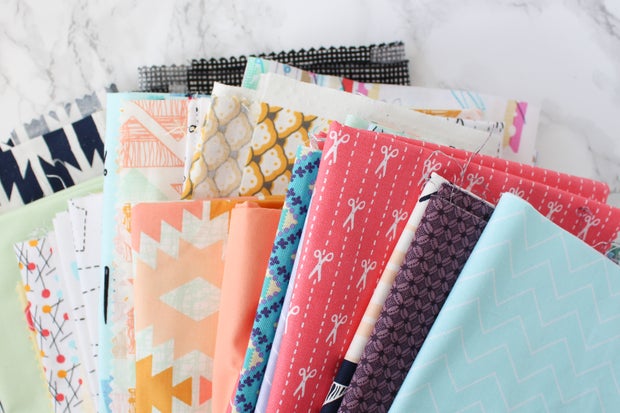
For hand sewing, I really recommend using natural fabrics like cotton, linen, muslin, felt (wool felt is lovely, but synthetic craft felt is cheaper!) and light canvas. If you aren't familiar with fabric types, going into a fabric shop and looking around and touching everything will be very helpful for you!
If you don't have a fabric store around, I suggest shopping on Fabric.com. They ship internationally and carry all the fabric and notions you'll ever need. Shipping can be a little slow, but I love their selection.
I'll go more in depth regarding fabric types later on in the class, too. So no worries if you're lost fabric-wise!

Beeswax OR Thread Heaven is optional but highly recommended. When you run your sewing thread over a piece of beeswax, it'll coat the thread and make it smoother and easier to work with. It won't tangle or snag as often while sewing, which is wonderful.
Thread Heaven is an alternative to beeswax that works the same way, but makes your thread even smoother. :D
Please check out my "how to sew a seam" instructable to learn more about using beeswax.
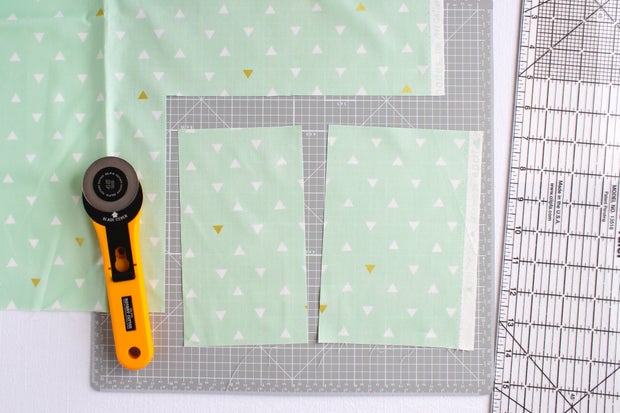
I love my rotary cutter. They're perfect for cutting lots of material at once.
Rotary cutters come in a variety of sizes, but my personal favorite is the 45mm size. Rotary cutters also have various types of blades you can buy! You can get a pinking shear-style blade for your rotary cutter, as well as decorative and straight blades. You may also want to invest in rotary blade sharpener - it will extend the life of your blades quite a bit!

If you choose to get a rotary cutter, you'll definitely want a self healing cutting mat. These mats will allow you to cut fabric and paper on them without causing permanent damage to the mat, which is fantastic. They come in various sizes, so choose one that works for the area you have. I have four in different sizes because they are my jam.

I don't use thimbles that often, but they are a wonderful thing to have around just in case you need them. My favorite type is the leather coin thimble because they actually stay on your finger and they're pretty comfortable to wear. :)
You'll most often use thimbles when you're sewing with thick fabrics or seam allowances and it's hard to push the needle through. A thimble will help you get the extra pressure you need to push the needle through without injuring yourself!
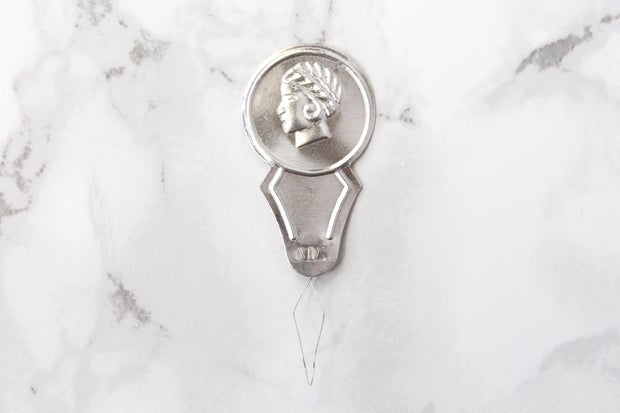
Needle threaders are super cheap and they come with almost any sewing kit. If you're having issues getting the thread through the eye of the needle, be sure to pick one up to make your sewing less stressful. :)
Step 3: My Favorite Places to Buy Supplies
Everything but the fabric, pretty much! Very reasonably priced and you can sometimes get discounts when you buy in bulk. :D
Jo-Ann Fabric and Craft Stores
My favorite place to shop for fabric and embroidery floss in person. They have a huge selection of everything, really. Be warned that if you shop online the shipping can be very slow and costly. (They have also sent me the wrong fabric more than once. :P)
Extensive selection of everything you need to sew! They have lots of great sales and a huge selection of Cotton + Steel fabrics - my favorite! :D
I buy all my big stuff there when the other shops aren't having sales. Things like irons, ironing boards, rulers, cutting mats, etc.
Shopping for fabric online can be tricky - I tend to only order quilting cotton, felt, muslin and linen online. With those I know exactly what I'm getting! Apparel and stretch fabrics can be very tricky to figure out and it's best to see them in person.
Always try to find a local shop and support it, too! Networking with other sewists is a great way to learn about new techniques and products. Not to mention it's always best to shop in a place where someone with more experience can help you out if you get lost. :)
Step 4: Additional Sewing Resources
I love Pinterest and use it all the time to keep track of my crafting projects and ideas. I highly recommend checking out my sewing, clothing and quilting boards for tons of sewing tutorials. I'm always adding more pins! :D
In addition to Pinterest, here's a list of sites I love with great sewing tutorials!
- Future Girl // craft blog with tons of tutorials for sewing - clear photos and great explanations!
- The Colette Blog // while mostly focused on clothing, lots of great tips for finishing projects with hand sewing.
- Tilly and the Buttons // if you're interesting in sewing clothes, this is a great site! Loads of basic patternmaking and sewing tutorials.
- Purl Soho // they've got an amazingly beautiful page of sewing tutorials. Lots of modern accessories and household projects!
- Martha Stewart // the queen of craft! Can't make a list without her presence.
- Sew Mama Sew // free patterns and tutorials galore!
Step 5: Sewing Dictionary
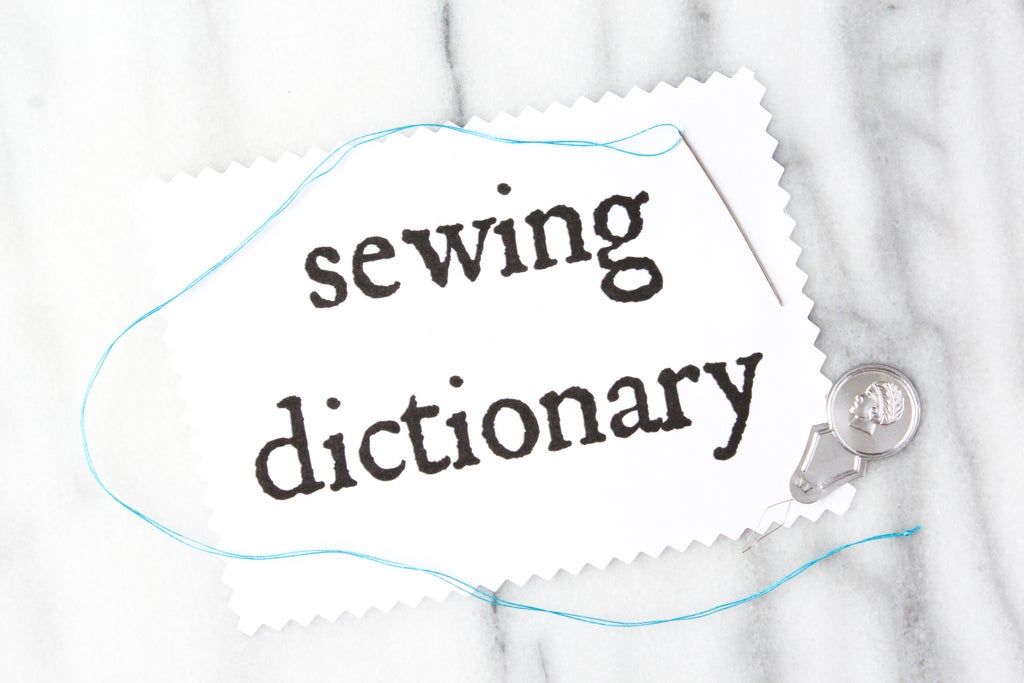
I realize that getting started in a totally new field can be a little overwhelming, so I've included this sewing dictionary of sorts for you to reference when you come across a word that makes little to no sense to you.
Appliqué The craft of sewing decorative bits of fabric onto a larger piece of fabric.
Backstitch In hand sewing, this is the stitch that is most similar to a machine stitch. In machine sewing, this is the stitching that happens at the beginning and end of a line of sewing to secure the stitches in place.
Basting Stitch This stitch is used to temporarily attach two pieces of fabric together. It's basically a very long running stitch. The stitches are long so they can be removed easily.
Batting Batting is a bit like cotton stuffing, but it comes in a flat, thin sheet. It is used to add padding and warmth to sewing projects, in quilts, and in appliqué.
Bias The bias runs diagonally to the straight edges of fabric. The bias is often the stretchiest part of the fabric, and cutting on the bias allows the fabric to be more flexible and drape better. Bias tape is made from fabric cut on the bias.
Blanket stitch The blanket stitch is a decorative and functional stitch. Often used on the edges of sewing projects, and in reinforcing the edges of buttonholes and eyelets.
Bolt The way fabric is measured in bulk. When you go to a fabric store, you're looking at bolts of fabric. A bolt of fabric is normally 40 or 100 yards long. The fabric width varies and can be found printed on one end of the bolt along with fabric care instructions.
Eye The eye of a needle is the hole opposite of the point of the needle. The eye allows thread to pass through the needle.
Finger pressing Exactly what it sounds like! Using your fingers to press a seam flat or open, instead of using an iron.
Gathering When you gather the fabric, you sew across the edge of a piece of fabric and then pull the thread tight. Gathering fabric allows you to control the creation of ruffles and pleats. To see how this is done, check out my "how to gather fabric" instructable.
Grain The grain describes the directions of threads in the woven fabric. In this class, the projects we're making are so small we don't need to worry about aligning our patterns with the grain, but larger sewing projects and clothing should always be cut and assembled with the grain in mind! This is a great explanation of grain from See Kate Sew.
Hem When you hem fabric, you fold over the edge and sew it down so the raw edge of the fabric is encased. Hemming is done in many different ways.
Lining Lining describes the fabric found on the inside of sewn items, like purses. A lining covers all the stitching and keeps all raw edges encased. Lining fabric is usually the same weight or a lighter weight than the outer fabric.
Nonwoven fabric Nonwoven fabrics are things like leather, suede and vinyl. These materials have no directional grain, or individual threads. They are created by different processes and have a very different structure than woven fabric.
Notions All of the tools and accessories used in sewing. This is the area in the fabric store where you can buy needles, zippers, thread, etc.
Overcast / Overlock This is a stitch that encases the entire seam allowance. Most often used in knit clothing, it keeps the seam allowance nice and neat and does not allow for unravelling of the fabric. This can be done by hand with a blanket stitch.
Pleat A structured fold made on piece of fabric, only sewn in place at the very top. Pleats are common in skirts and pants. They add fullness to the fabric.
Pressing Pressing is used while sewing to keep your work nice and neat. It's not like standard ironing where you're just rubbing the iron all over. Instead you'll concentrate on using the heat and weight of the iron to press seams flat and take out any wrinkles from sewing.
Ravel / Raveling / Unraveling This is what you call it when the edges of fabric fray. Any woven fabric will do this, but it varies according to how open the weave of the fabric is. You can control the raveling by sewing right next to edge of the fabric - the area between the stitching and the edge of the fabric will ravel, while the stitches protect the rest of the fabric.
Right side When following sewing directions, they will often refer to the "right side" of fabric. The right side of a fabric is the side you want facing out when a project is done. With printed fabrics, it will be the printed side. With other fabrics, you'll need to pay close attention to make sure you've got the right side!
Running stitch This is the most basic of hand sewing stitches. It's the fastest stitch to do, but is often not as strong or nice looking as the other hand sewing stitches. The basting stitch is a longer version of this.
Seam A seam is where two pieces of fabric meet when they're sewn together.
Seam allowance A seam allowance is the distance between your line of stitching and the edge of the fabric. This will vary based on the pattern you use, but you'll always sew on the seam allowance line. (Typically called a seam line.)
Selvage / Selvedge The selvedge is the flat, finished edge on of a piece of fabric. Not all fabrics come this way, but most cottons do! Sometimes the selvage will include important information about the fabric and grain, so check it out!





